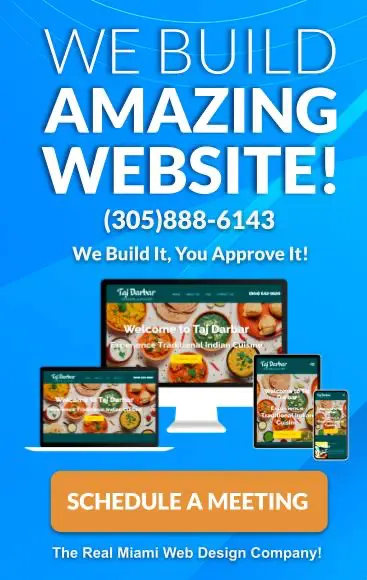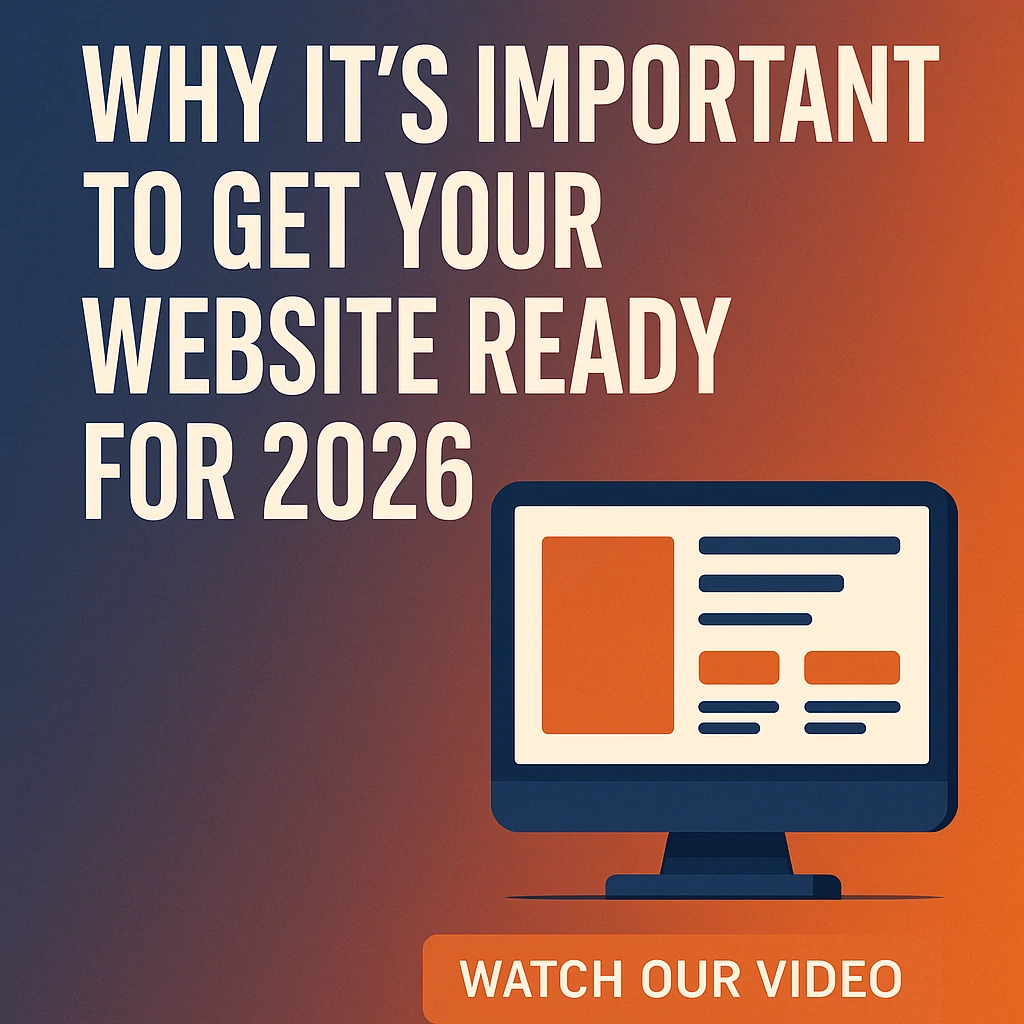Website Doesn’t Sell: Top 10 Reasons Why (and How to Fix Them)
Having a website is one thing—turning visitors into paying customers is another. If your traffic numbers look fine but sales are disappointing, chances are your website doesn’t sell effectively. This common frustration affects many businesses, but the good news is that most conversion problems have identifiable solutions. When your website doesn’t sell, it’s usually due to specific barriers that prevent visitors from taking action.

1. Unclear Value Proposition: Why Your Website Doesn’t Sell
Visitors need to instantly understand what you offer and why it’s valuable. If your headline is vague or jargon-filled, they’ll bounce before scrolling. When your website doesn’t sell, this is often the first culprit.
Fix: Use clear, benefit-driven messaging in your hero section. Instead of “We provide solutions,” try “Increase Your Sales by 30% with Our Proven System.” Nielsen Norman Group research shows clear value propositions increase conversions by up to 40%.
2. Slow Loading Speed: The Silent Sales Killer
Every extra second of load time costs conversions. Shoppers won’t wait around, especially on mobile. If your website doesn’t sell, loading speed might be driving customers away.
Fix: Compress images, use caching, and choose fast hosting. Our speed optimization service can help you achieve under 2-second load times.
3. Poor Mobile Experience: Why Your Website Doesn’t Sell on Phones
With most traffic coming from smartphones, clunky navigation or unreadable text on mobile devices is a conversion killer. A website doesn’t sell when it fails mobile users.
Fix: Test your site on different devices and use responsive design. Ensure buttons are thumb-friendly and text is readable without zooming.
4. Confusing Navigation: Lost Visitors Can’t Buy
If users can’t easily find what they’re looking for, they’ll give up. When your website doesn’t sell, confusing navigation is often to blame.
Fix: Keep menus simple, add a search function, and structure categories logically. Use breadcrumb trails and clear category names.
5. Weak or Missing Calls to Action (CTAs)
“Learn more” buttons won’t cut it. Customers need clear prompts to buy, sign up, or contact you. A website doesn’t sell with weak CTAs.
Fix: Use action-oriented CTAs like “Get Started Today” or “Add to Cart.” Create urgency with “Limited Time Offer” or scarcity with “Only 3 Left.”
6. No Social Proof: The Trust Gap
People trust other people more than brands. Without reviews, testimonials, or case studies, hesitation creeps in. Your website doesn’t sell without social proof.
Fix: Showcase authentic testimonials, user-generated content, and ratings. Display trust badges and client logos when possible.
7. Lack of Trust Signals: Security Concerns
Shoppers won’t enter payment details if your site feels sketchy. When your website doesn’t sell, missing trust signals could be the reason.
Fix: Add SSL certificates, secure payment badges, clear refund policies, and visible contact info. Baymard Institute research shows trust signals increase checkout completion by 32%.
8. Poor Product Descriptions & Images
Generic text and low-quality photos don’t sell. Customers can’t touch the product, so your content has to do the heavy lifting. A website doesn’t sell with weak content.
Fix: Write persuasive, benefit-driven descriptions and invest in professional images. Use videos and 360-degree views when possible.
9. Complicated Checkout Process: The Abandonment Zone
Too many steps, hidden fees, or mandatory account creation cause cart abandonment. Your website doesn’t sell with a frustrating checkout.
Fix: Offer guest checkout, display costs upfront, and keep the process to 2–3 steps max. Provide multiple payment options.
10. No Clear Marketing Funnel: Missing the Journey
A website alone won’t sell without guiding customers through awareness, interest, and action. When your website doesn’t sell, it might lack a proper funnel.
Fix: Use lead magnets, email nurturing, retargeting, and content that educates and builds trust. Create dedicated landing pages for different audience segments.
Additional Reasons Your Website Doesn’t Sell
Beyond the top 10 issues, these factors can also prevent your website from converting visitors:
- Poor SEO: If customers can’t find you, your website doesn’t sell
- Lack of Personalization: Generic experiences don’t connect
- Inadequate Analytics: You can’t fix what you don’t measure
- Ignoring Customer Feedback: Missing crucial improvement opportunities
How to Audit Your Website When It Doesn’t Sell
If your website doesn’t sell, follow this audit process to identify specific problems:
- Analyze your analytics for bounce rates and exit pages
- Conduct user testing to observe real navigation issues
- Check loading speed across different devices and locations
- Review your conversion funnel for drop-off points
- Test your CTAs and forms for effectiveness
Final Thoughts: Turning a Website That Doesn’t Sell Into a Conversion Machine
Improving conversions isn’t about a single magic trick—it’s about removing friction at every step of the customer journey. When your website doesn’t sell, it’s usually multiple small issues combining to create major barriers.
Start by auditing your website against this checklist, fix the weakest areas, and you’ll see your sales begin to climb. Remember that even minor improvements can have major impacts when your website doesn’t sell effectively. Need professional help fixing a website that doesn’t sell? Contact our conversion experts today for a comprehensive audit and proven solutions.









